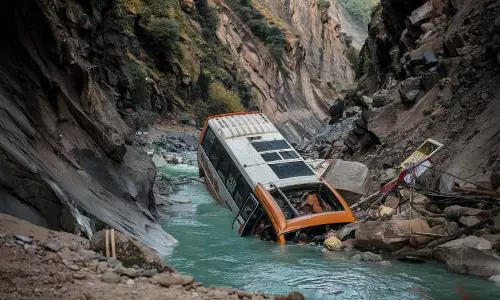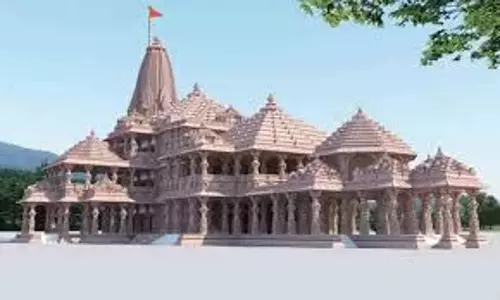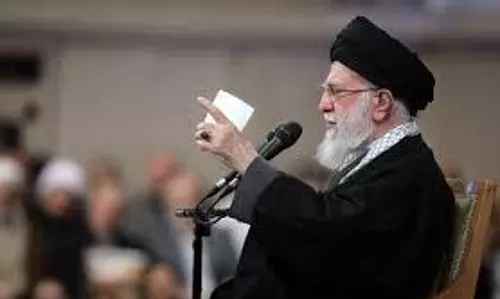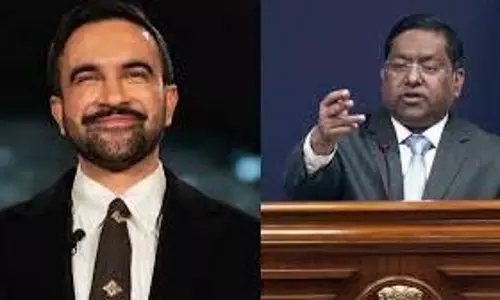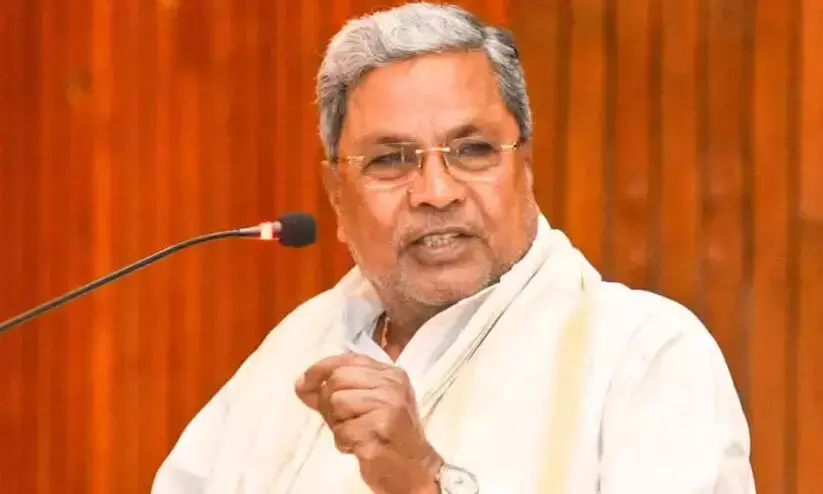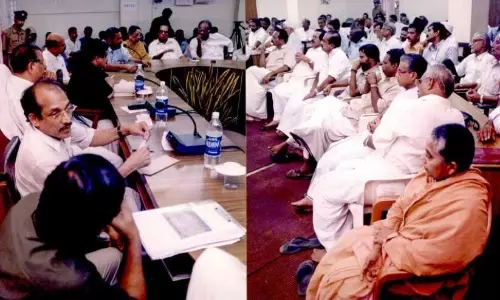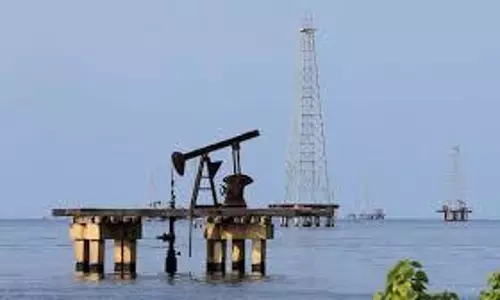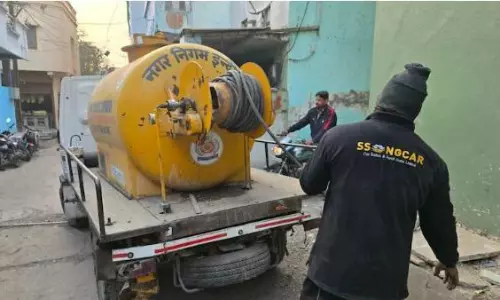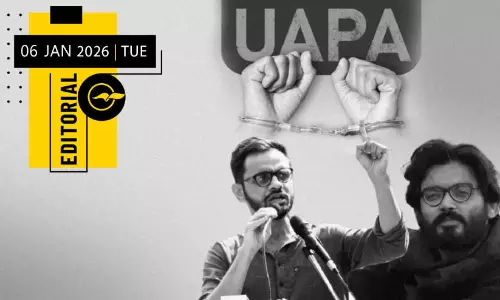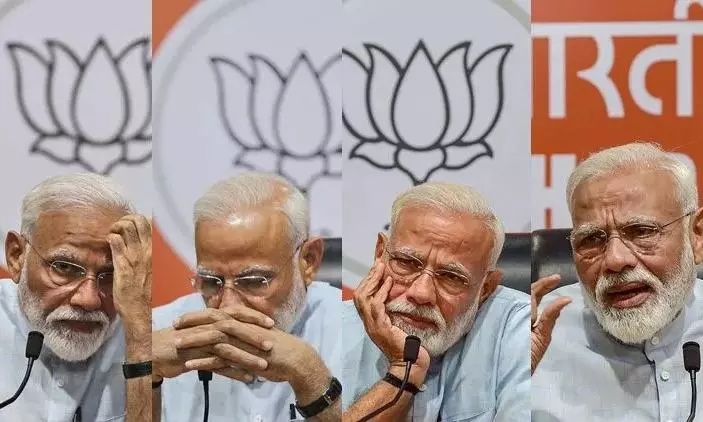
Media is no longer as impartial as it used to be: PM Modi on Press conferences
text_fieldsMedia is no longer as impartial as it used to be,” was the answer Prime Minister Narendra Modi gave to a panel of journalists from the news television channels India Today/Aaj Tak during an interview, when asked why he never gave a press conference during his ten-year tenure as Prime Minister.
Prime Minister Narendra Modi, who has been in office for ten years and has notably never held a formal press conference, presents a distinctive aspect of his tenure that has been a point of contention and curiosity.
In the interview, moderated by anchors Rahul Kanwal, Sudhir Chaudhary, Sweta Singh, and Anjana Om Kashyap, Modi articulated his reasons for steering clear of traditional press interactions.
He emphasized that he has never outright refused to hold press conferences but suggested that the media landscape and its usage have significantly changed over the years. Modi hinted at a broader strategy where politicians often control media narratives to project certain images. He rejected this approach, stating his preference for focusing on grassroots work and directly connecting with the populace.
Modi highlighted that his accountability lies primarily with the Parliament, where he addresses all pertinent questions. He criticized the contemporary media environment, pointing out that the nature of media interactions has evolved.
Unlike earlier times when the media was the sole communication channel, today's landscape features a myriad of voices and platforms, allowing for direct public engagement. Modi mentioned that this shift means the media is no longer the faceless entity it once was, as journalists' biases and opinions are now more transparent to the public.
During the interview, Modi illustrated his point with an anecdote from Gujarat, where a villager claimed his area had round-the-clock electricity. Modi’s initial disbelief was based on the absence of such news in traditional media, only to be told by the villagers that the media often overlooks such positive developments. This story underscored Modi's belief that mainstream media sometimes fails to highlight government achievements.
Despite the significant airtime given to him, Modi's critique of the media was met with smiles and acquiescence from the anchors. This passive response might reflect the complex dynamics between the government and the media, where the latter's role is under scrutiny and often criticized by the very subject they cover.
Modi also pointed out the proliferation of media channels in India, boasting about the 900 channels broadcasting in various languages, suggesting a vibrant and diverse media ecosystem. However, he implied that this vast landscape does not necessarily translate to effective communication about governmental progress and initiatives.
The Prime Minister's approach seems to pivot on a broader communication strategy, leveraging direct interactions with the public through various platforms, bypassing traditional media channels that he perceives as potentially biased or ineffective.
This method aligns with the global trend where political leaders increasingly use social media and other direct channels to communicate with citizens, thereby controlling their narratives.




